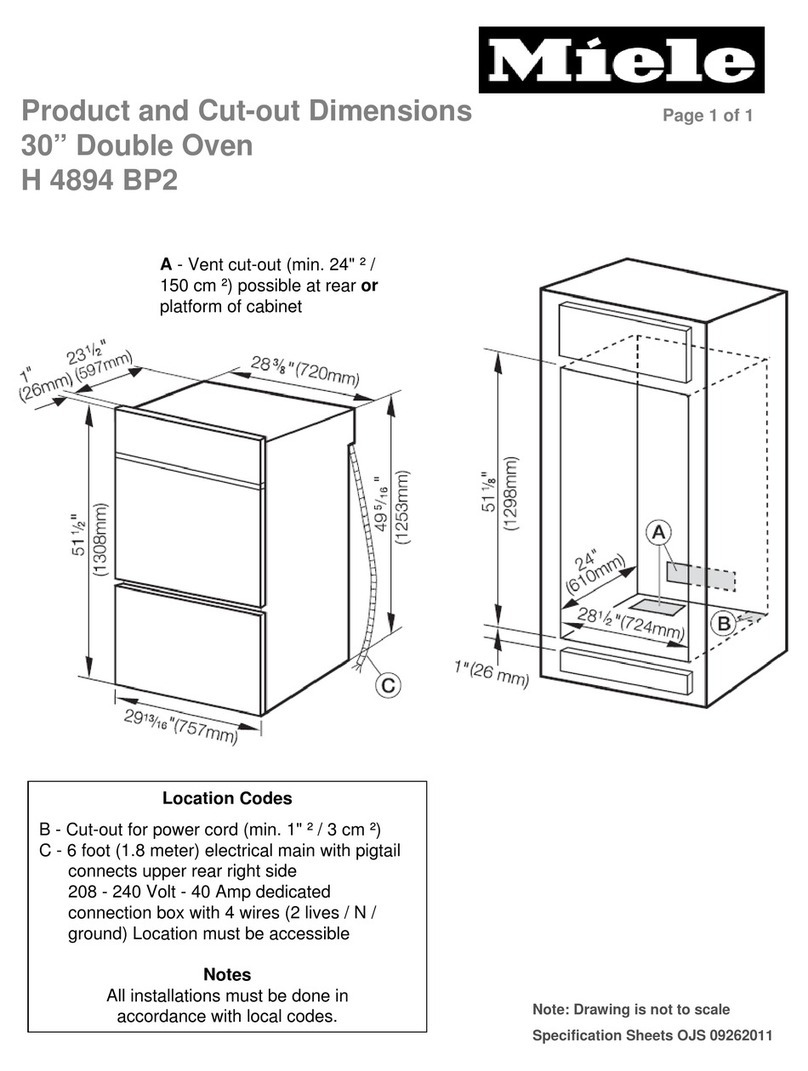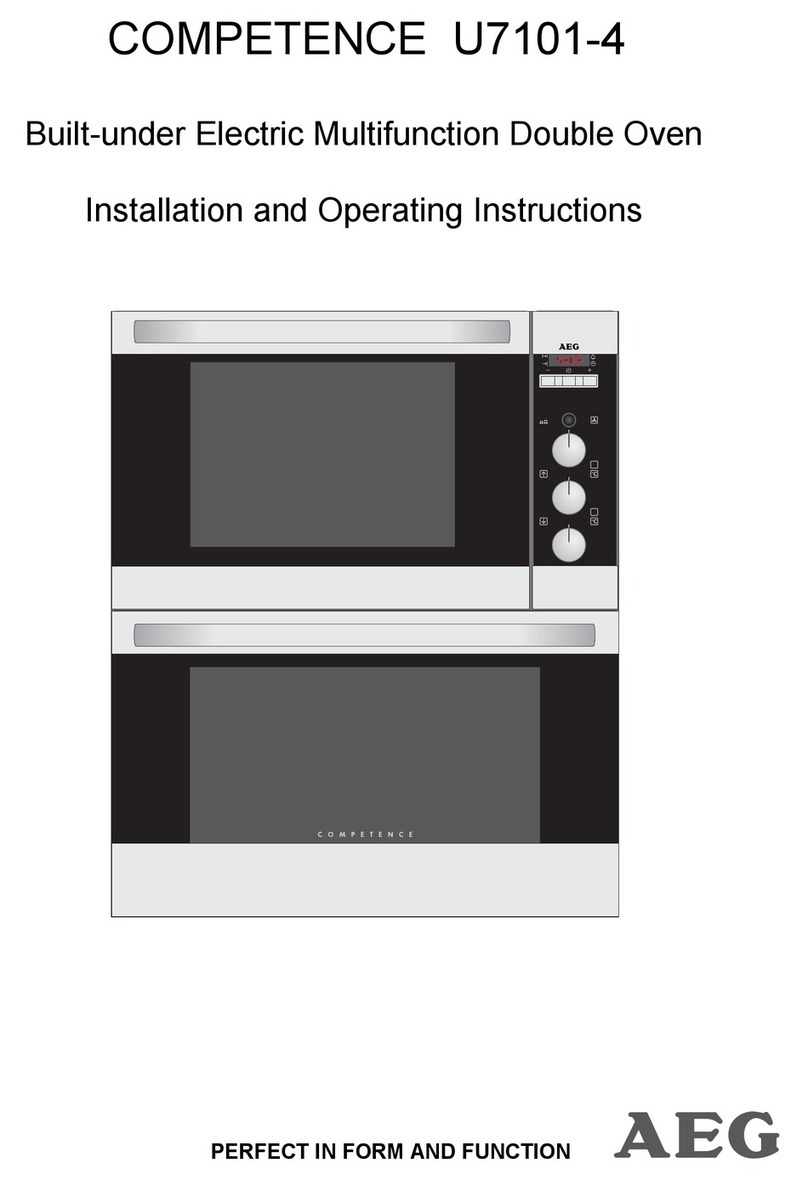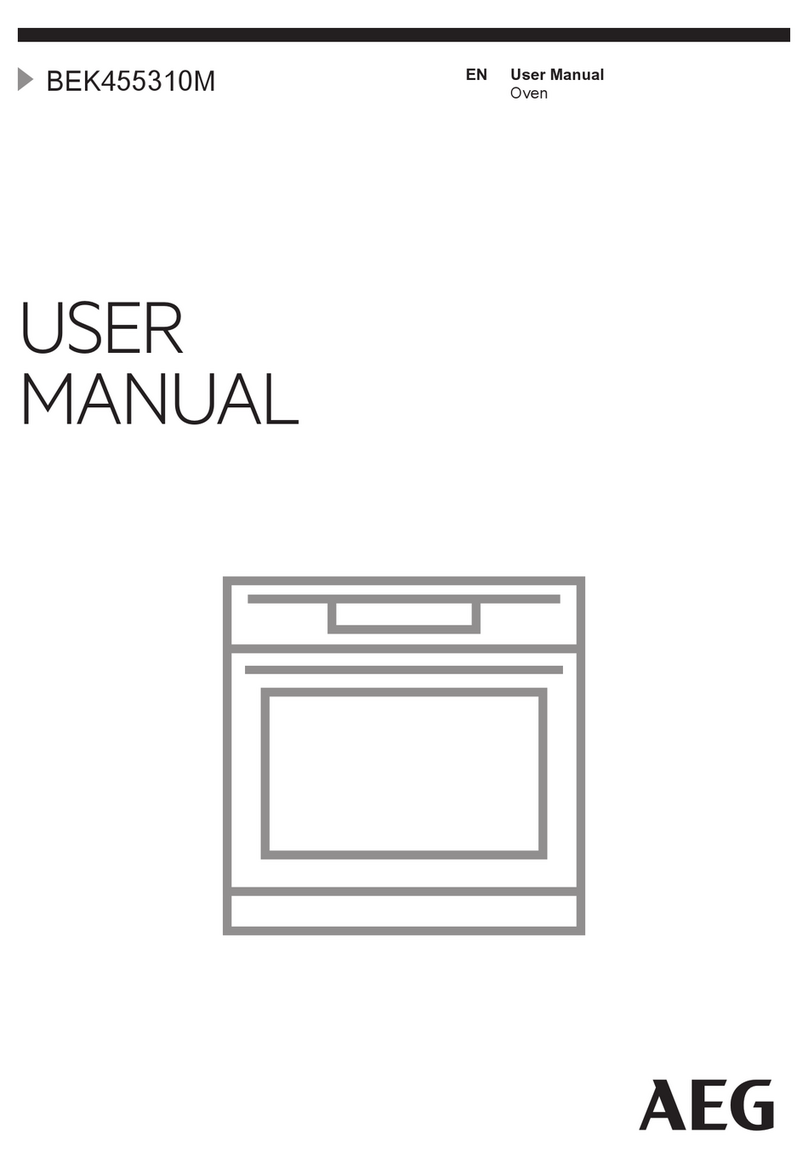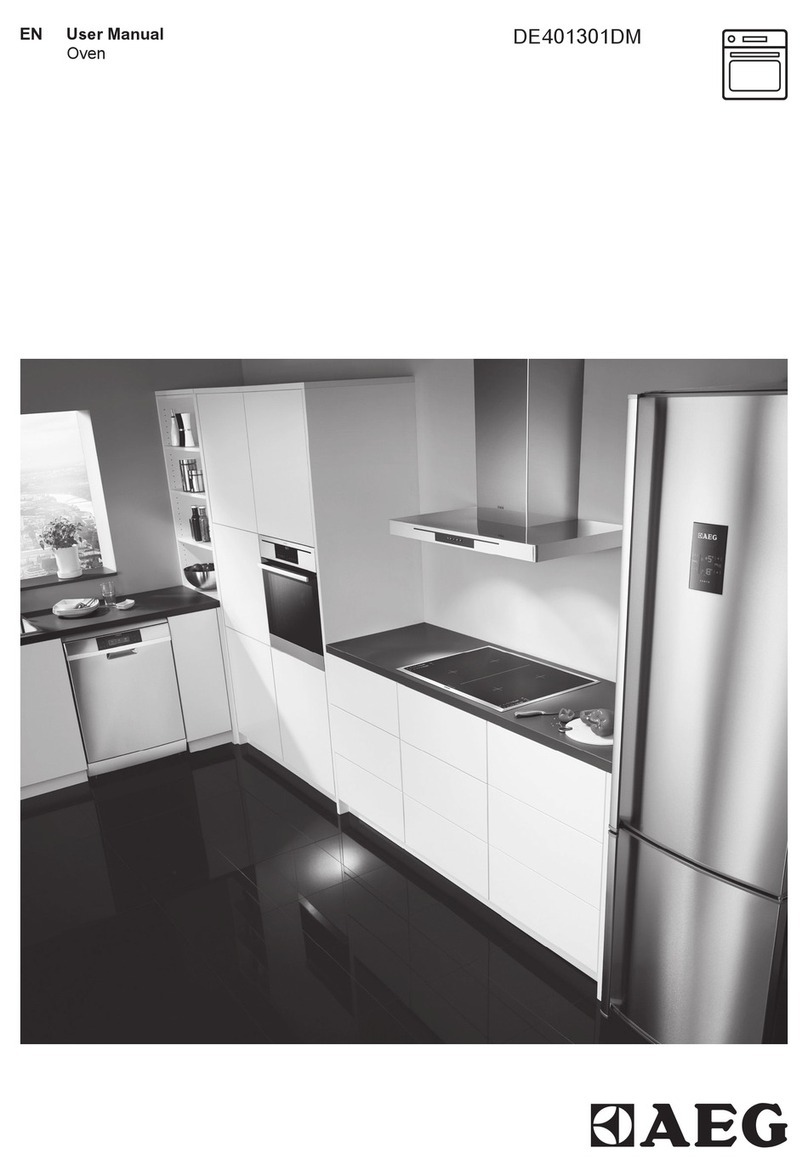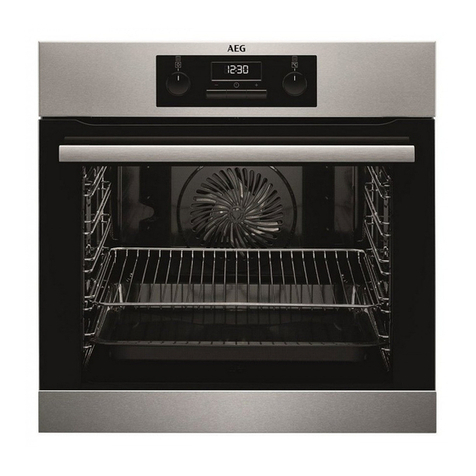Miele DGC 6000 XL User manual
Other Miele Oven manuals

Miele
Miele H 6000 Installation and operation manual
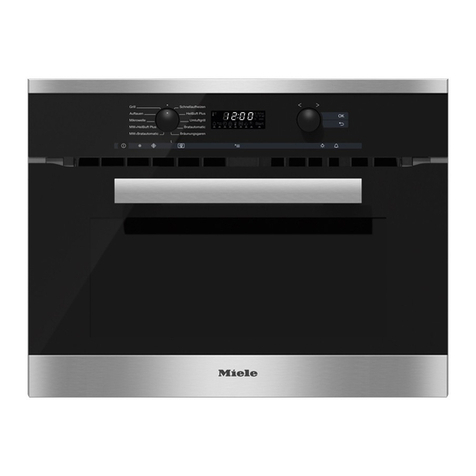
Miele
Miele H6100 User manual

Miele
Miele DG2740 User manual
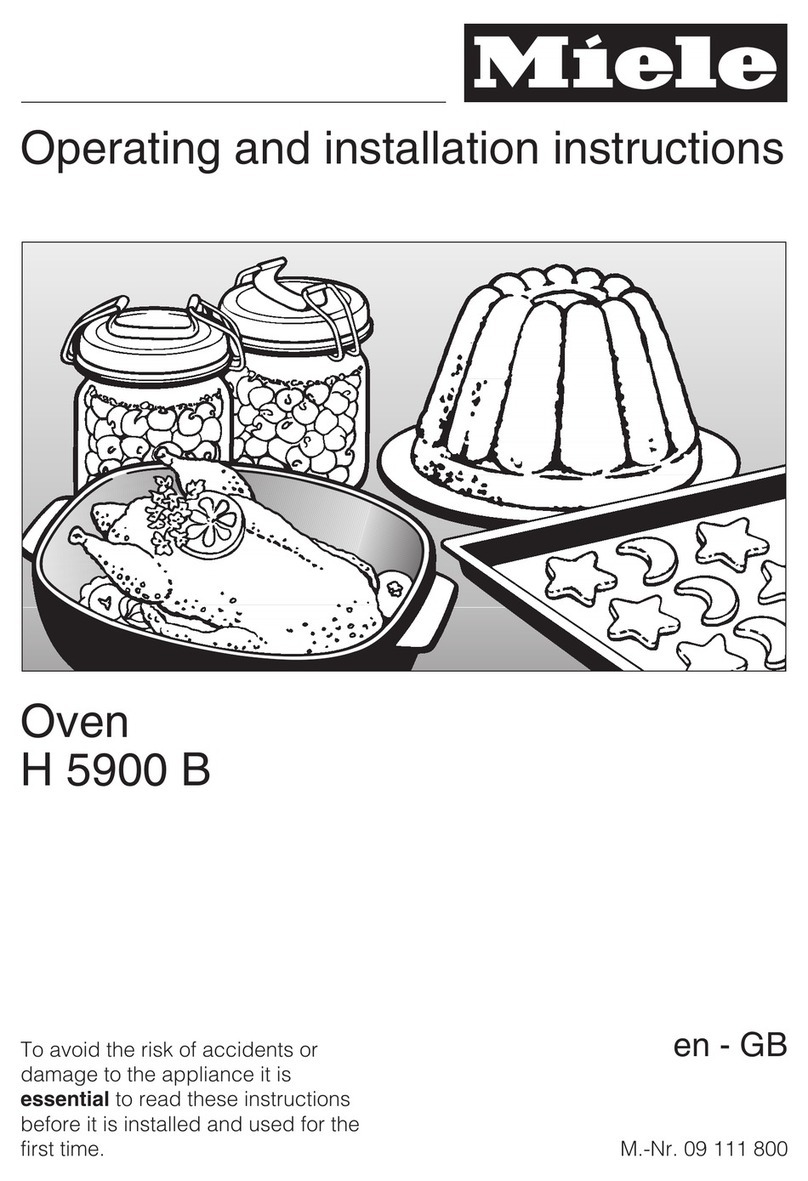
Miele
Miele H 5900 B User manual

Miele
Miele H 2465 BP User manual
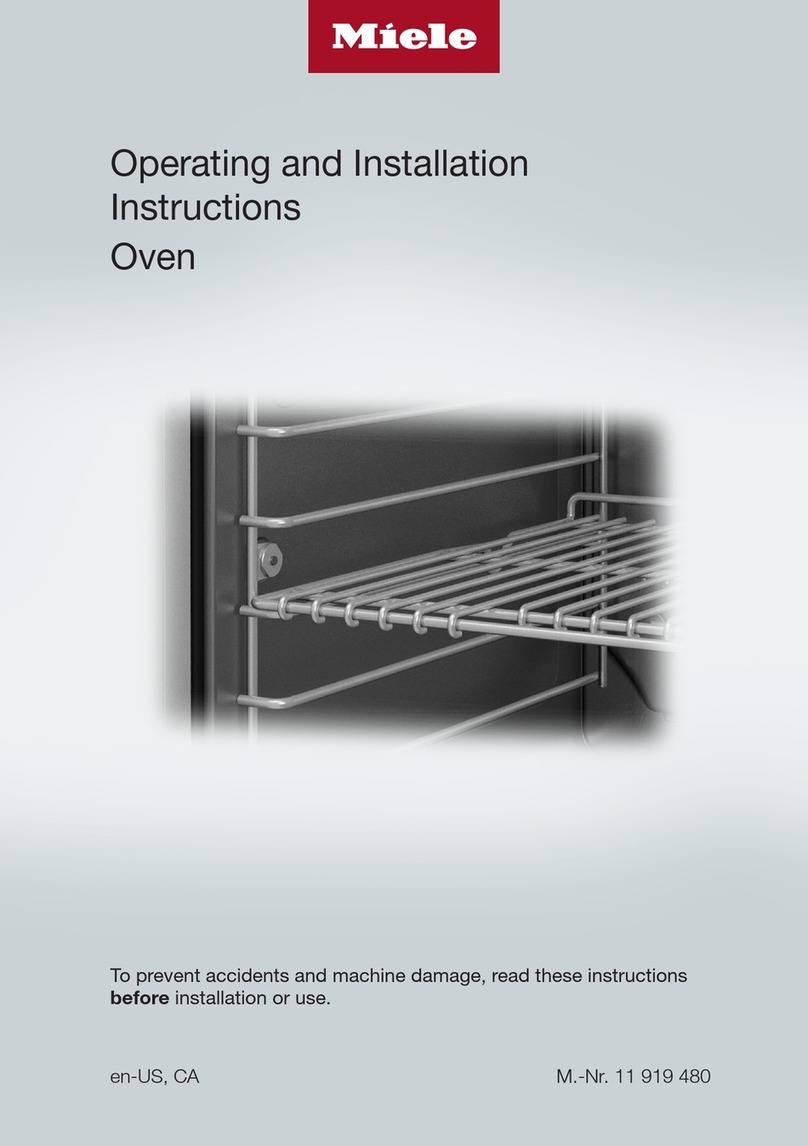
Miele
Miele 11 919 480 User manual

Miele
Miele DG 6010 User manual

Miele
Miele H 7263 BP User manual

Miele
Miele H 247 ET User manual

Miele
Miele H6560BP User manual

Miele
Miele H 5961 B User manual
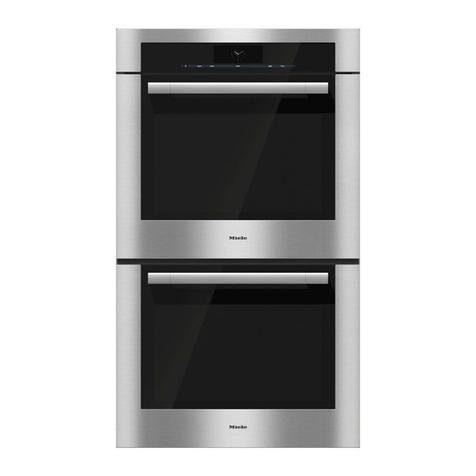
Miele
Miele 22678055USA User manual
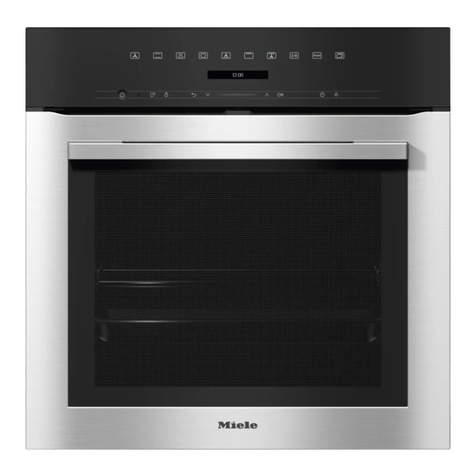
Miele
Miele DGC 7150 User manual

Miele
Miele H 4744 BP Parts list manual

Miele
Miele H 6780 BP User manual
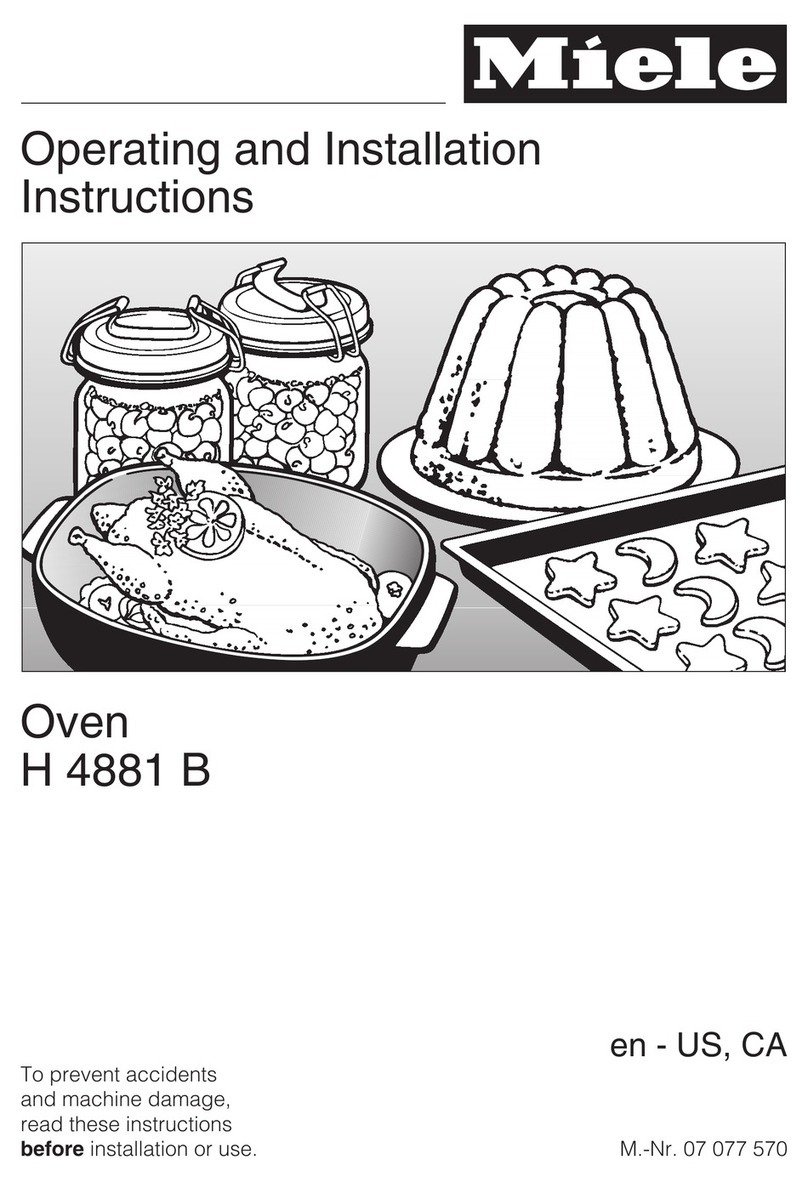
Miele
Miele MasterChef H 4881 B User manual

Miele
Miele H39 Series Manual
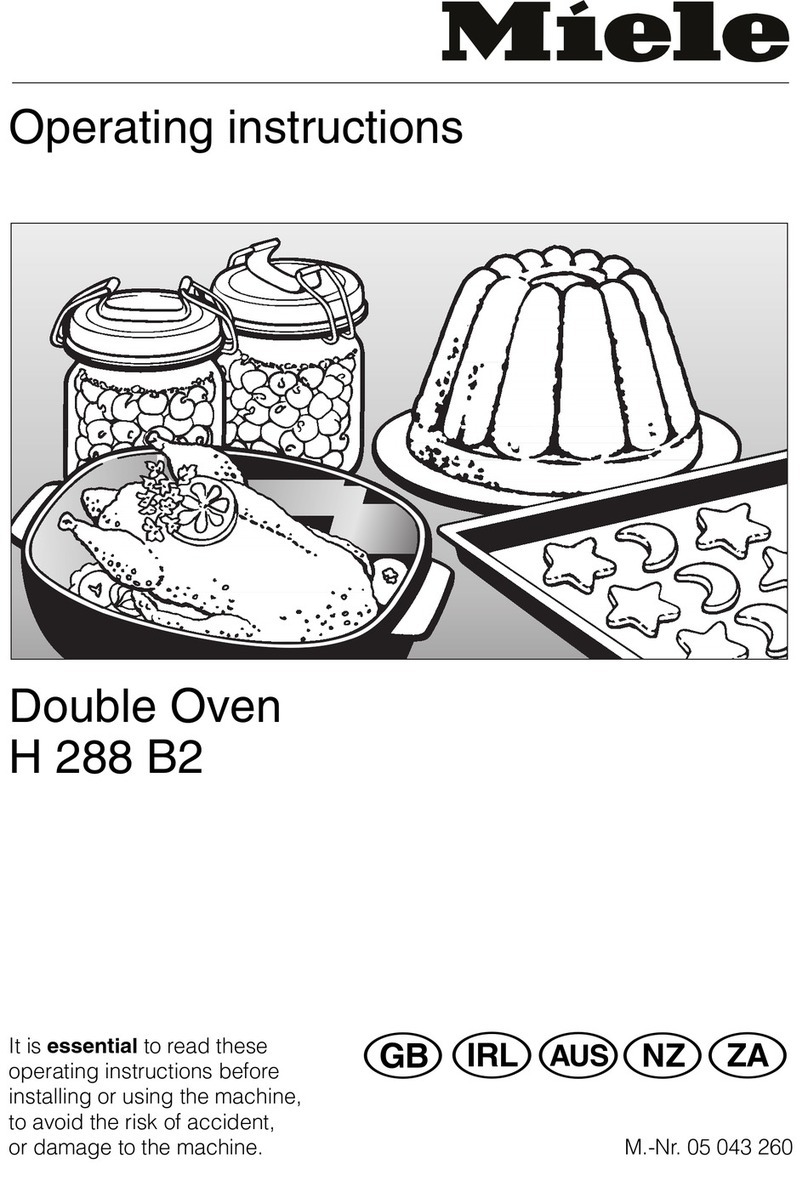
Miele
Miele H 288 B2 User manual

Miele
Miele MasterChef H 4882 BP User manual
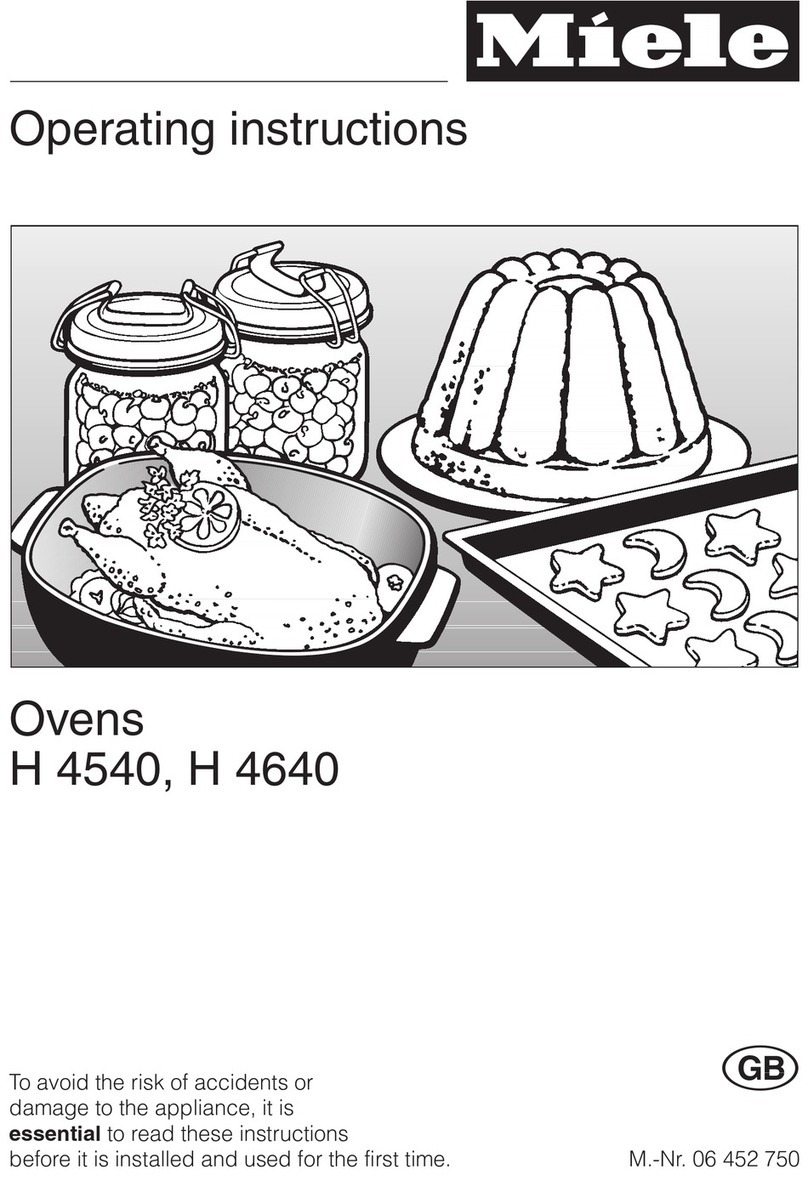
Miele
Miele H 4540 User manual
